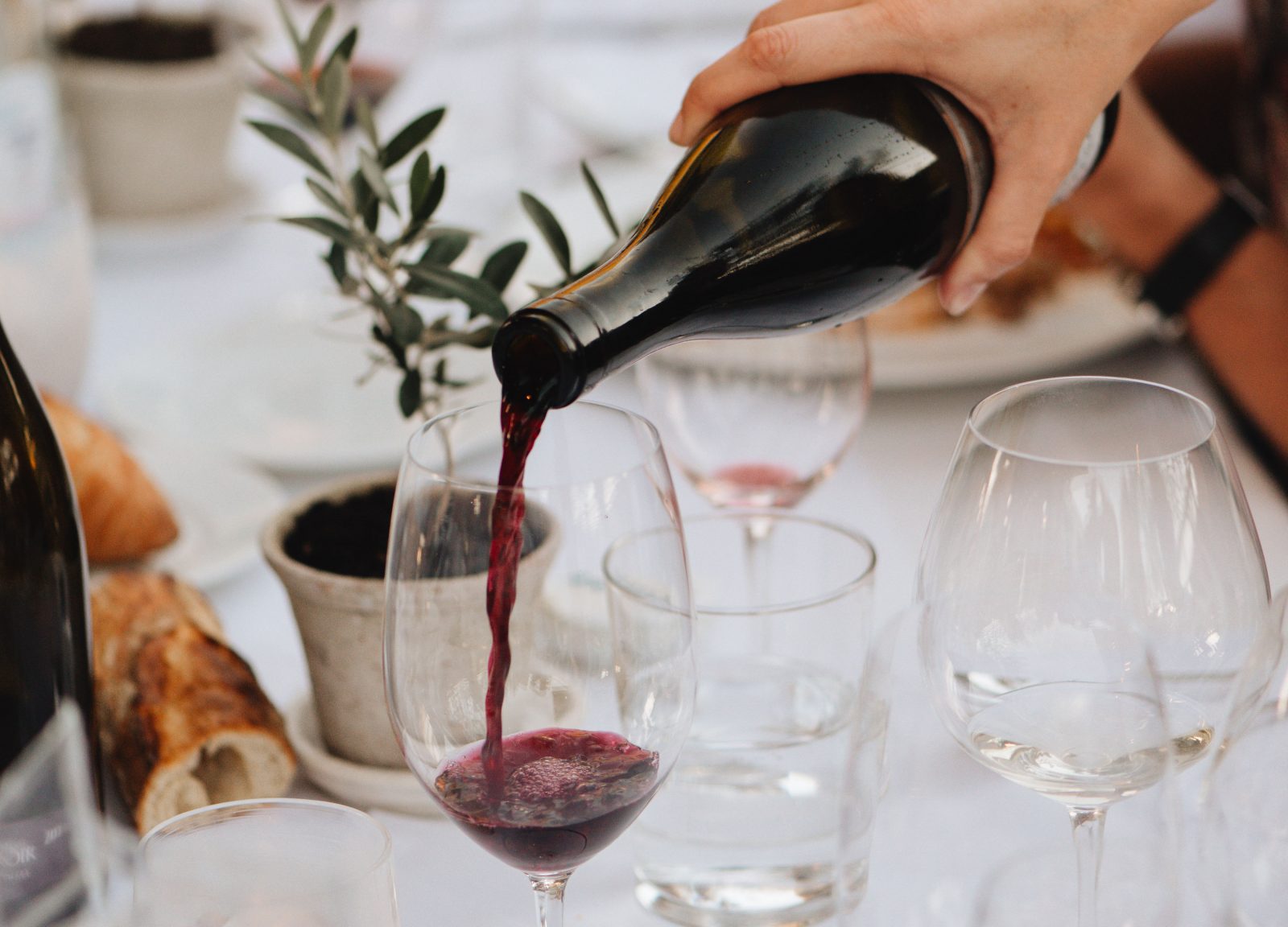As we transition the season from winter to spring, our wine and food transition right along with it. We will leave heavier foods behind and opt for lighter, fresher meals. Much the same, we’ll say goodbye to robust wine and welcome crisper, refreshing grapes.
People always ask me for rules to use when pairing seasonal wines with seasonal foods. Even if you don’t change your dining habits as the weather shifts, the rules below can still serve to assist you as you seek the best combinations to please your palate. With that, I present to you my Seven Habits of Highly Effective Pairings:
1. Simple is as simple does.
Simple food, simple wine. For example, serve baked chicken with an inexpensive Chardonnay or white blend. Conversely, if chicken cordon bleu is on the menu, by all means, bring out the Montrachet.
2. Consider the origin of the dish.
French wine with French food. Spanish wine with Spanish food. You get the idea.
3. Seasoning with seasoning.
Pair spicy food with spicy wine. Zinfandel is a spicy wine, as are Rhone wines with Syrah grapes. Try a Cote Rotie for some pepper flavors.
4. Big, young wines with lots of big, young fat.
For wine made in wood, younger wine will have more tannins, and vice versa. My research last summer proved that young cabernets go well with grilled steak, and further personal research proved that Chardonnays with lobster and butter is a good match. Naturally, Champagne goes with almost anything.
5. Experiment in private.
The time to challenge controversial wisdom on wine paring is in private—not when you’re trying to make an impression. It’s fun to try something new, however, do it when no one is watching (might I add, this works for more than just wine and food).

6. If you have only one wine with dinner, make it multi-dimensional.
Some wines are more food-friendly than others. Young Cabernet and California Chardonnay are not flexible with multiple types of food and are therefore not a good choice when your meal involves a variety of unique dishes. Instead, keep in mind that Pinot Noir and Chianti are flexible reds, whereas Riesling and Sauvignon Blanc are more flexible whites. When serving one wine with multiple dishes, your question is, “What one wine goes best with all I’m eating?”
7. Drink what you like.
If all else fails, forget the first six rules and drink what you like. However, I’ll leave you with this caveat: you’ll like what you drink more if you follow the first six rules. Always drink what you like, because when the glass meets your taste buds, you are the only critic who counts (unless, of course, you’re with your boss).
“I don’t find talk of total acid, residual sugar and carbonic maceration stimulating to the sensual pleasure. It’s almost as if our hostess leaned across just when you were about to taste her hollandaise sauce and started to discuss emulsions with you.”
Gerald Asher, famous food and wine critic, said of taking this wine thing too seriously, “I don’t find talk of total acid, residual sugar and carbonic maceration stimulating to the sensual pleasure. It’s almost as if our hostess leaned across just when you were about to taste her hollandaise sauce and started to discuss emulsions with you.”
I couldn’t agree more! Enjoy the process of pairing wine with your food as the seasons change, and trust your own taste. Want to talk about wine or ask me a question or just feeling feisty and want to bring a friendly challenge to my rules? Send me an email at tom@tomblackcenter.com.






